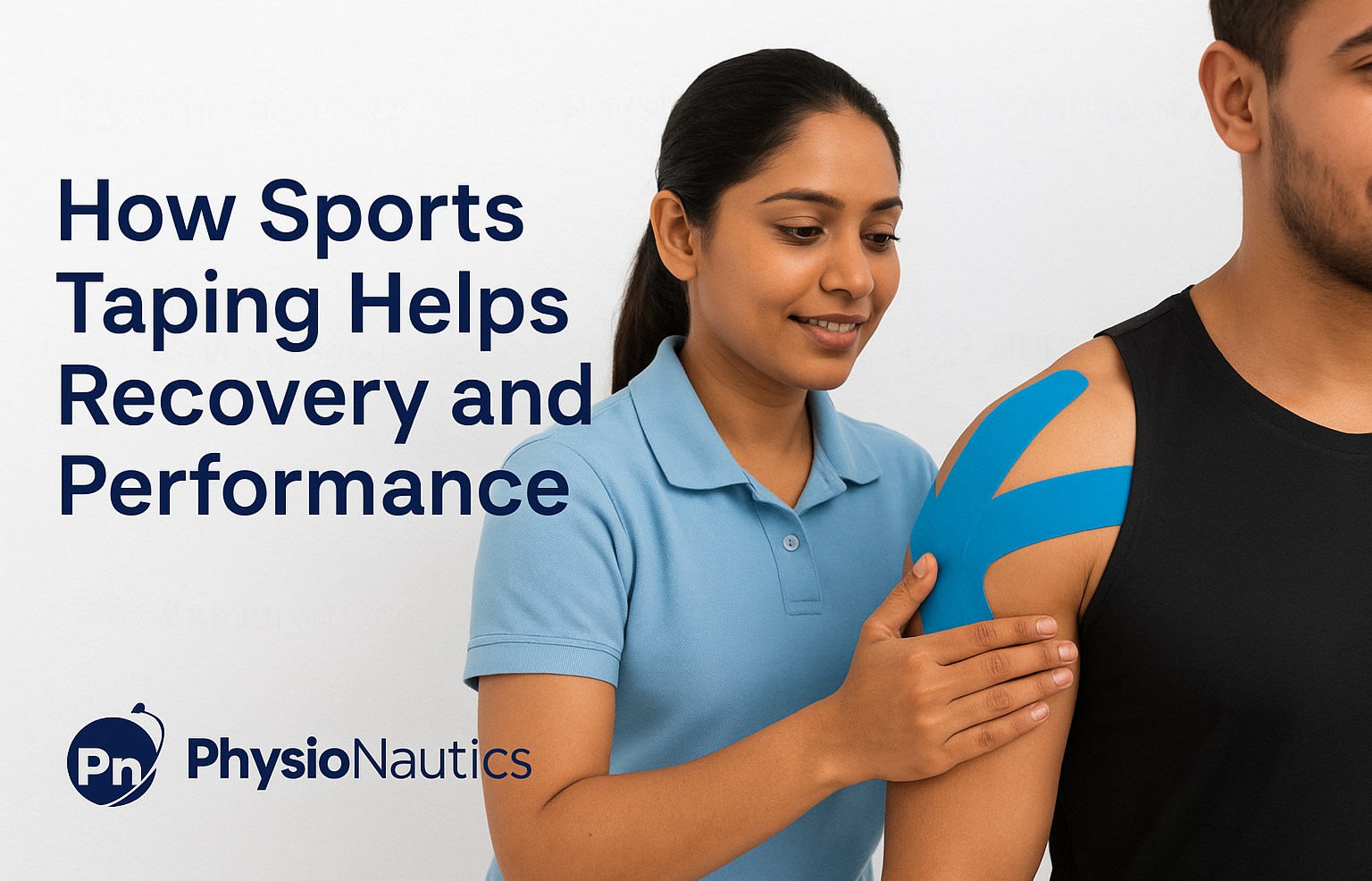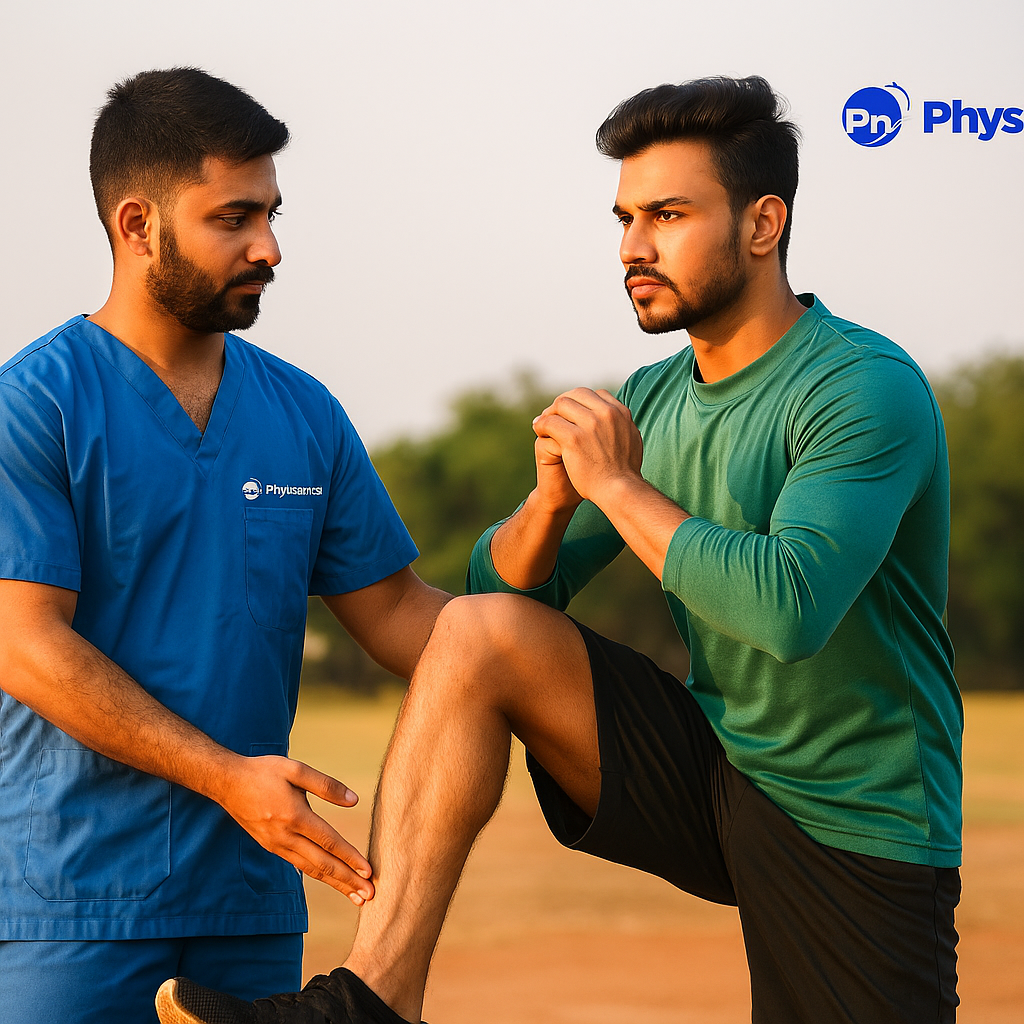



Anterior cruciate ligament (ACL) injuries are among the most common and challenging knee problems, particularly for athletes and active individuals. They can lead to pain, swelling, instability, and a prolonged recovery period. Physiotherapy is essential in guiding safe rehabilitation, restoring strength, and preventing long-term complications. The Consequences of an ACL Injury Knee Instability – The joint may give way during daily or athletic activities. Pain and Swelling – Inflammation restricts movement. Muscle Weakness – Quadriceps and hamstrings lose strength after injury or surgery. Reduced Flexibility – Stiffness and scar tissue limit motion. Fear of Re-injury – Many patients hesitate to return to normal activity. Core Elements of ACL Rehabilitation Through Physiotherapy: Managing Pain and Swelling – Evidence-based techniques, such as ice therapy and gentle mobilization. Restoring Flexibility – Targeted stretching and range-of-motion exercises. Rebuilding Strength – Focus on quadriceps, hamstrings, glutes, and core muscles. Improving Balance and Control – Proprioception training and stability drills. Gradual Return to Activity – Sport- or work-specific programs tailored to individual needs. Preventing Re-injury – Education on safe movement, posture, and long-term conditioning. Conclusion An ACL injury can feel like a major setback, but with a structured physiotherapy program, full recovery is achievable. Physiotherapy restores mobility, strengthens the knee, and builds confidence, making it the cornerstone of rehabilitation. At Physionautics Clinic, we provide evidence-based ACL rehabilitation programs designed to guide patients from the early stages of recovery to a safe and confident return to sport or work—ensuring long-term knee health and resilience.
We hate spam too.